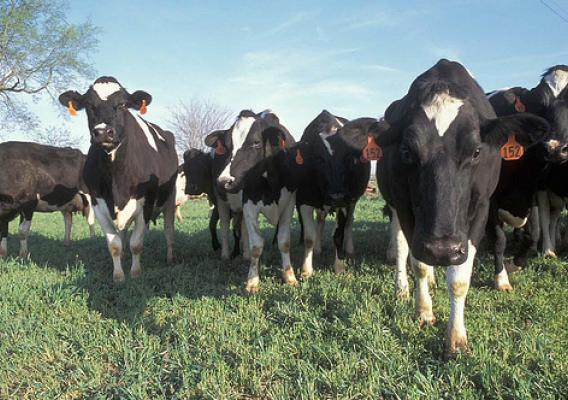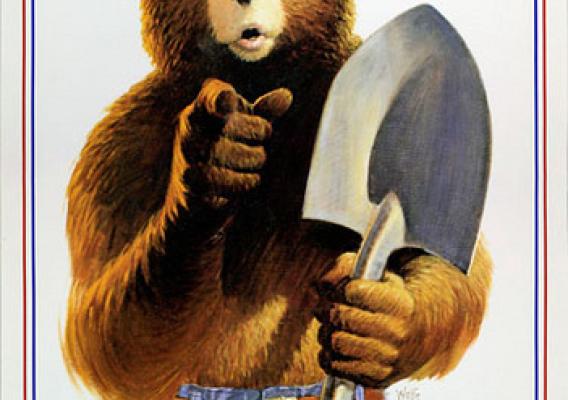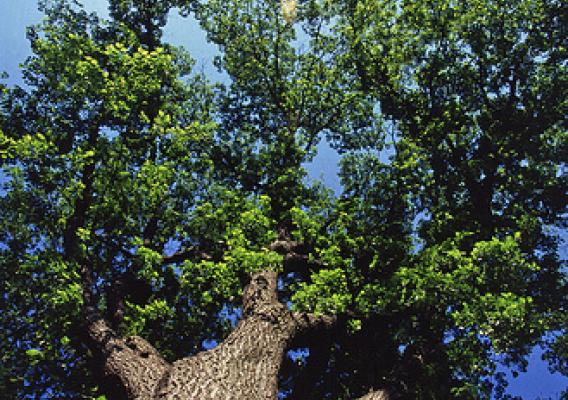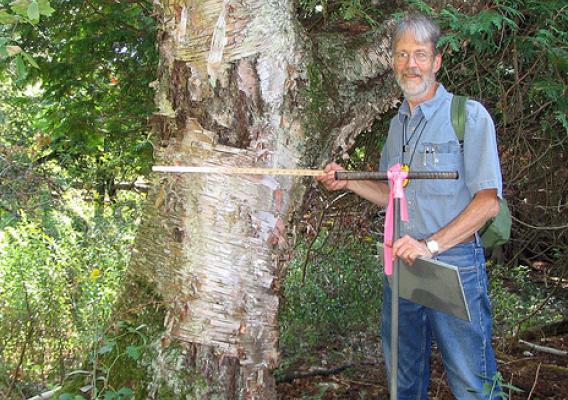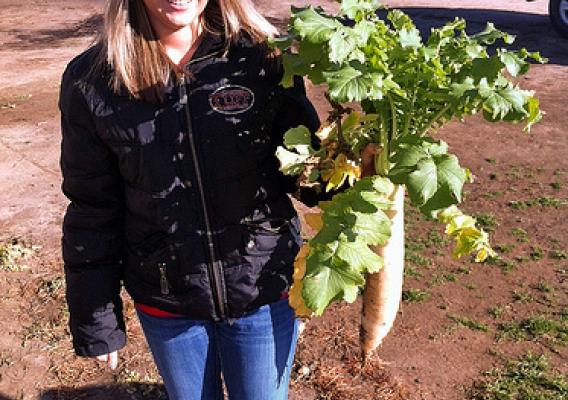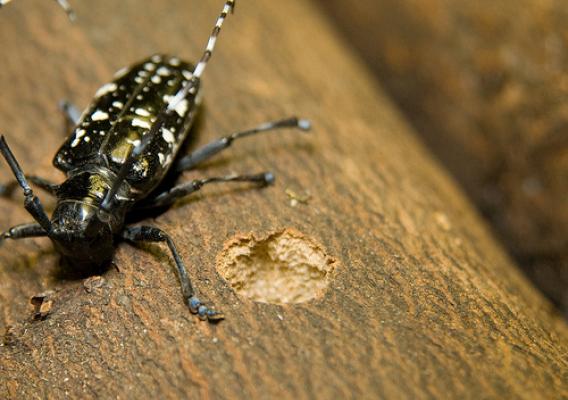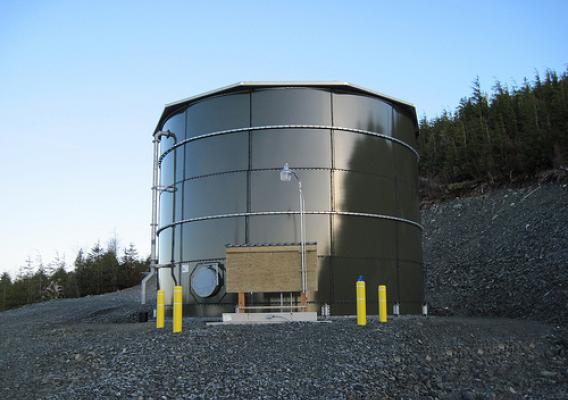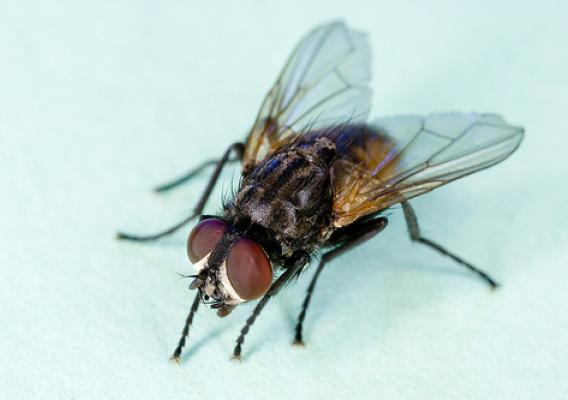“Clear, direct and easy to understand” may not be the first words most Americans associate with government publications and documents, but that is changing. Thanks to the Plain Writing Act, signed into law by President Obama in 2010, all federal agencies must now put their readers first when writing new documents or revising old ones. That means before putting pen to paper or fingers to keyboard, we must first think hard about how our language connects with customers and helps them get the most from USDA’s services and programs.
Secretary Vilsack has asked (PDF, 54.2 KB) us at USDA to improve our writing to better serve the public. He believes we cannot carry out our mission effectively if we cannot communicate clearly with those whom we serve. He has made plain writing a cornerstone of his efforts to transform USDA’s culture. Now all of us—even our lawyers—are making our writing easier for the public to read and understand.
This is good news for the American people whose lives are affected every day by USDA’s leadership on issues from agriculture, to nutrition, trade, and energy. The public uses the information in our documents to build strong rural communities, to protect the environment, and to produce our safe and abundant food supply.

